So you’ve spent years of your life honing your skills as an artist and working hard to reach your career goals, and eventually you begin to build a client base, and more and more people are willing to pay you money in exchange for doing what you love (is this real life?!). You feel SO lucky that you get to do this for a living!
Over time though, you slowly start to lose motivation for that thing that you used to love. Numbness toward your work or even resentment begin to build, you’re emotionally exhausted and overwhelmed, your work performance is suffering, and you can tell you aren’t as creative as you used to be. What’s going on? Why is this happening?
If you’ve ever felt this way or are currently feeling this way, there’s a good chance that what you’re experiencing is a phenomenon called burnout, and the name describes itself pretty well. It’s when you have a heavy workload and you lose the motivation to do the work. It’s when there’s too much output and not enough input, both creatively and emotionally.
Burnout is not solely a result, or a consequence after the fact. It’s not the conclusion after peak exhaustion and total loss of motivation, or reaching a breaking point and vowing never to paint or draw again. Burnout is a process; it exists in levels and on a spectrum, just like with mental health. It’s not only a valid concern once it reaches the extreme end of the spectrum. Sometimes I catch myself thinking “well, I’m still getting SOME work done, so it’s not REAL burnout.” Similarly, being at the lower end of the spectrum doesn’t make your experience less valid or important.
Our goal with all this is to avoid burnout, yes, but more importantly, to recognize it and accept it when it’s beginning to occur during those early stages, so you can handle your symptoms and start the recovery process before it becomes too overwhelming. Think of it like an infection, you need to treat the problem while it’s manageable. No doctor would turn you away because your infection isn’t serious enough. “Your pain isn’t real right now because it’s only a minor infection. Come back when it’s grown and spread throughout your body, THEN we’ll decide if you’re worthy to receive antibiotics and treatment.” That sounds insane when we think of it that way, but we somehow justify it for ourselves. We need to shift our mindset about mental health and burnout so we can effectively treat it when it does happen.
Before we go further, I want to strongly emphasize that burnout is NOT the same as a chronic mental health condition or disorder, however, their symptoms can be very similar and difficult to differentiate. You cannot cure yourself of depression by following all the following steps, it won’t work. Anxiety, depression, ADD, OCD, etc., can be best managed (not cured) under professional help and guidance, whether that’s through therapy, medication, or a combination of the two. Addressing and managing these conditions are essential to long-term recovery from burnout.
Speaking of mental health, shout out to Lauren Panepinto and this fantastic Muddy Colors post she wrote about the subject. She elaborates on a lot of wonderful points, so if you haven’t already, go take a look!
RECOVERY
I’m going to outline some steps you can take in your life to help move through the healing process of burnout, and I’ve split them into two categories: Personal and Art. Although this is an art blog, I’m going to discuss the Personal steps first, since I believe these are the most important and will make the biggest impact on your recovery.
1. SELF CARE
“Take a long bubble bath!”
“Wake up early and do yoga!”
“Eat healthy and organic food only!”
“Drink 8 glasses of water everyday!”
This is usually what we think of when we hear the term self care, and although these are nice things we can do for ourselves and in the moment they feel great, they often don’t have have a long-term impact unless you’re incorporating them into your routine, and even then they don’t get at the root of the problem. We need to think of self care as caring for yourself, as maintenance, as kindness to yourself, not as a spa day. It’s about going back to the basics. It’s about realizing that you deserve to be cared for. Self care is supposed to serve you and help you, even if it isn’t glamorous or ambitious. It could be something like making that call to the doctor to make an appointment about treating mental health illness. It could be walking to the mailbox and back just to get outside for a minute, or running the dishwasher even when you’re tired, because you know it will help things go smoother for you the next day. Anything you can do to care for yourself is good enough, there is no arbitrary goal you have to meet.
2. MINIMIZE LIFE STRESSORS
Burnout is often exacerbated or started by various stressors in your life, which can look different for everyone. Maybe it’s taking too many jobs at once. Maybe it’s financial instability. It could also be a family situation, a stressful relationship, chronic illness or pain, stress from the current social climate, etc. You may not be able to avoid these types of stressors completely or permanently, but do what you can to minimize them as much as possible. They do have a big impact on burnout and ignoring them or hoping they go away on their own won’t work. Similarly, you can’t expect yourself to heal from burnout if you make yourself feel guilty by not separating your life from your work. Our personal lives are inseparably connected to our creativity, so this process of guilt won’t serve you.
Addressing these circumstances, as you are able to, will probably mean difficult and uncomfortable work on your end. Remember that immediate but temporary discomfort is preferable to long-term anxiety. Learning to have boundaries and say no is a key skill that will help immensely (that’s a discussion for another day!).
Speaking of life situations, there are some options that unfortunately require a certain amount of privilege, so they may not equally be available to everyone. Maybe you can’t find a sitter to watch the kids so you can work, or you can’t afford to pay someone to watch them, or you don’t have a partner or family close by to help. Perhaps you can’t afford to take work off, or your job doesn’t give you sick days. Do what you can with what you have, small changes are just as good as huge changes, because as long as it’s serving you, that’s what matters most.
Once you’ve addressed your life and personal situations as much as you can reasonably do so, there are multiple ways you can examine your art and your work life and find ways to heal from burnout.
3. BE SELECTIVE
Even more so than normal, be incredibly picky about the jobs you accept. We all want to say yes to everything that comes our way, because it feels good to be wanted. We want to make other people happy, but we often forget to make ourselves happy in the process. I have three methods I use for deciding what jobs to accept:
When you first get that email in your inbox, your brain is yelling at you “YES TAKE IT SAY YES!” Instead of reacting with your trigger response, wait 24 hours before responding. Respond, don’t react. I know in some fields this isn’t easy or even possible, like editorial where there are very tight deadlines, but in most fantasy-art related industries, an art director could theoretically wait for 24 hours before hearing back from you. I find that when I wait at least that long, the dopamine-rush of that bright, gleaming email has lost some of its excitement and you can decide more objectively whether it’s truly something you want to be working on for the next few weeks.
When you say yes to one job, you are saying no to other jobs that may come shortly after. Imagine saying yes to this particular assignment. If you got an offer from a dream client tomorrow, would you regret taking on this particular job?
Along the same lines, you can go ahead and write out your acceptance email, but before you send it, analyze yourself and your current feelings. Are you feeling excited and eager to get started? Or are you feeling a creeping sense of dread, or the thought of just wanting to get it done and out of the way? If you feel more like the latter, chances are you won’t regret sending a “thanks but I’m not available” email.
4. PRODUCTIVITY
It’s important to remember that during this rehabilitation process, you need to focus on healing and recovering, NOT on productivity. I recognize how difficult this is, considering it’s practically ingrained in us, not only as a product of capitalism, but as entrepreneurs and freelancing artists. It’ll be our first instinctual thought, with every free moment we get: “Maybe I could post some sketches for social media!” Or “I’ll develop a new hobby, soI can tie it back into my art somehow!” The problem with continuing to entertain the idea of constant productivity is it creates an opposite reaction of guilt when you’re unable to be productive. So your initial feelings of exhaustion from being burnt out are replaced by feelings of guilt because you’re putting the burden of productivity on yourself while you’re trying to heal. This, in turn, makes lasting recovery near impossible.
So when these thoughts start to creep in, recognize them when they occur, look at them objectively, as if you were an audience member observing them, instead of as an internal feeling directly attached to you and your identity. If you want to be extra effective, write down your thoughts and feelings as they occur, or type them out, whatever you need to do. Putting them down on paper helps to solidify them and make them concrete, so they lose their power and their overwhelming nature. They originate as our own omniscient demons and you transform them into mortal nothings.
5. PLAY
So you’re trying to not worry about being productive during this time in your life, what do you replace it with. Play! Play as a concept, as an activity, as an exercise. Make play your only goal. Explore other hobbies and interests, again, NOT to improve your skills, that is no longer the goal. As you constantly remind yourself of this, it will eventually get easier.
6. PERSONAL WORK
Along with playfulness, take this opportunity to do one of the most therapeutic activities of all: create personal work. Draw something because you want to. That’s the only reason you need, and it is the most valid reason of all. Over the years we may forget why we wanted to do this in the first place, and creating art for yourself, and only yourself, which is difficult to do. It requires letting go of so many of society’s expectations. It requires shrugging off our doubts, fears, insecurities, and embracing ourselves, trusting that others will connect with the art through the shared human experience.
I created this illustration toward the end of 2020, an awful year for so many people. I painted this as a therapeutic practice, a way to process emotions and channel energy. I did it for myself, but also hoping that others would connect with its message. In turn, it brought me out of a months-long slump when I was feeling burnt out from work and unmotivated.
7. EMBRACE THE ACT OF DESTRUCTION
To take this even further, embrace the act of destruction with your art. Scribble a sketch on paper, and rip it up when you’re done. Make a painting and burn it. Draw on your iPad then delete the file. The very thought of doing this makes us tense up with fear, it’s almost blasphemous! We pour our heart into our work, why would we want to destroy it?
There’s an incredible sense of freedom when you acknowledge and accept that the work we do has temporary existence. It frees you to draw whatever you want with no thought to being held accountable to an audience, to eyes other than our own. It teaches you not to be precious with your own work, and to enjoy the process more than the end result. It teaches you to draw FOR the process, not for the end result. It humbles you in the best way.
My figure drawing teacher in college used to say “remember you are fallible.” This wasn’t to make us feel bad about ourselves, or to remind us of our lack of skills (we are acutely aware of our flaws, especially as artists!). It’s to encourage letting go of our ego so we can make the best work we possibly can. When you become too precious, mistakes are agonizing and the overall process feels less joyful. When you let go of that preciousness in your work, that’s the only way you can feel free to create and fall in love with the process, not with the end result.
Chris Beatrice wrote a wonderful post that goes more in-depth about this process for Muddy Colors called “Throw Your Work Away”, definitely check it out!
8. TIME
One of the best things on your side will be time. This isn’t a process you can pump out during the weekend so you can get back to work on Monday. That not only defeats the purpose, but encourages the idea of over productivity and flames the fire of burnout even more. Just like taking a rest day in between workout sessions, you do more harm than good by working when you’re supposed to be healing. Let go of control, let go of productivity. Embrace play and healing, and overtime, you’ll feel that fire to create again.
In the end, please remember that burnout does not mean you are a bad artist, or a bad person. It has nothing to with your worthiness as either.
Burnout is not a sign of failure. It’s also not a sign of authenticity as an artist, or a badge of honor. You are not more authentic by working 60 hours a week than if you are working 20 hours a week or 5 hours or 0. No one is thinking “wow, it’s amazing they’re working so hard, they’re on the brink of collapse!” The only person who is suffering is you, so it is up to you alone to set up conditions in your life that allow the healing process to begin.
Burnout happens to everyone at different times of their life, even to those professionals you may admire or look up to. It tends to have a cyclical life cycle, coming and going, rearing it’s ugly head and then disappearing for a while. But if you decide to ignore it and continue to believe that your worth is tied to your output as a creative and to your productivity, you will never recover from burnout.
You are worthy of love, of rest, of play, and none of these are less valid than your work. Productivity is not a moral issue. It’s about what is serving you. Even if you never make another painting for the rest of your life, you deserve happiness and are worthy of such.
Take care of yourself!
Miranda




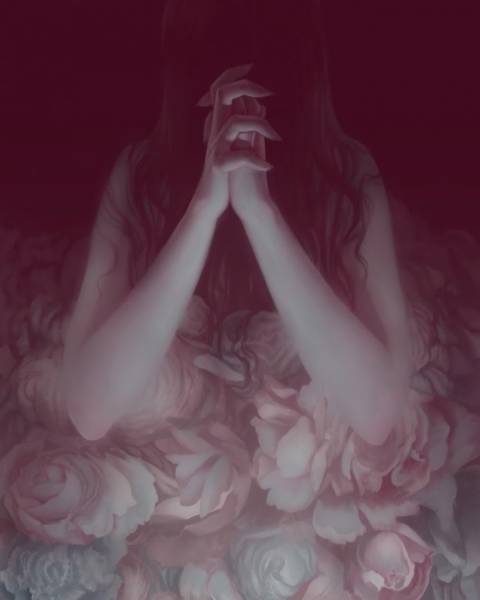
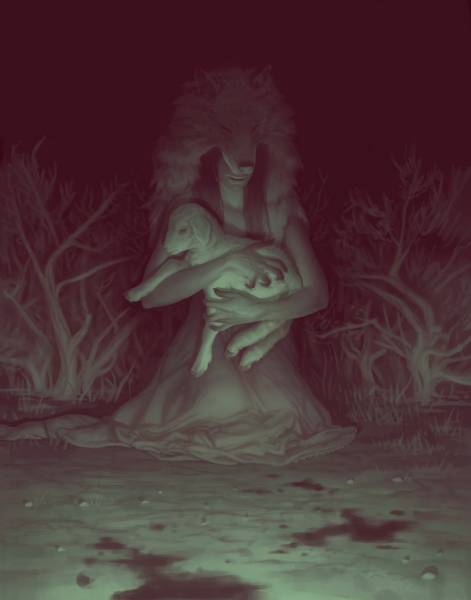
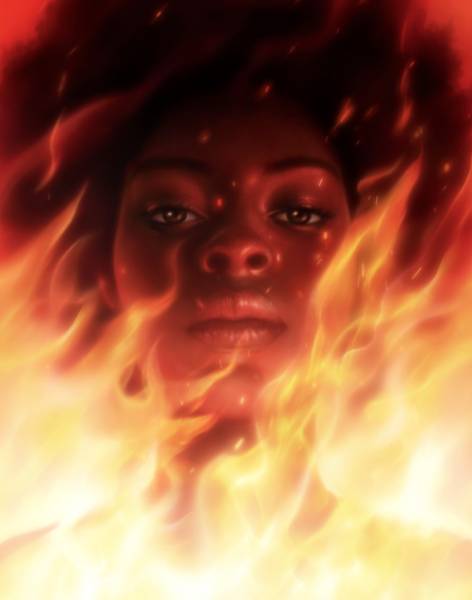
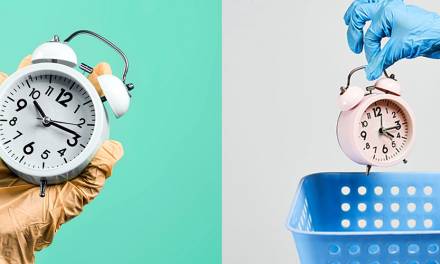

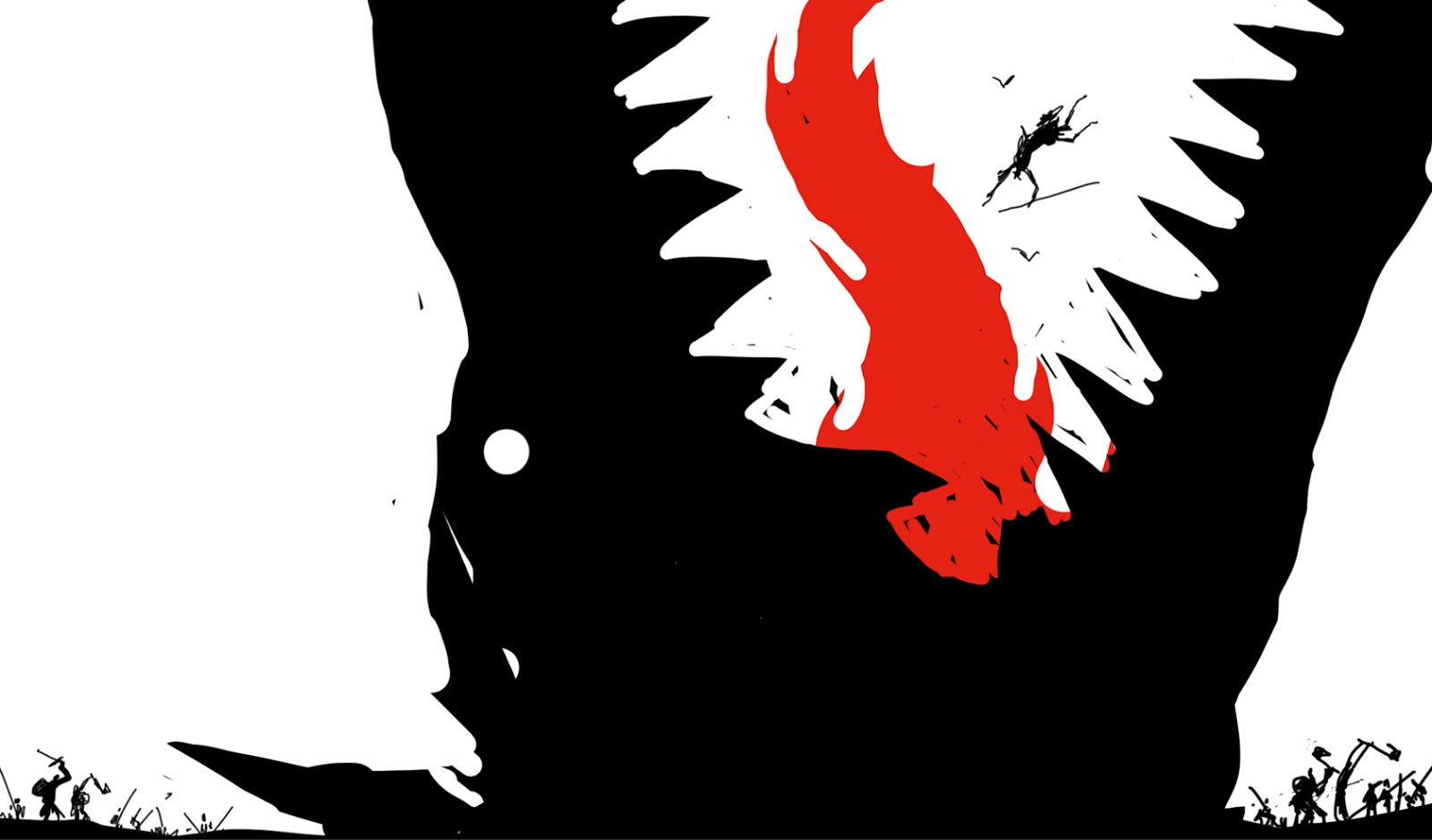
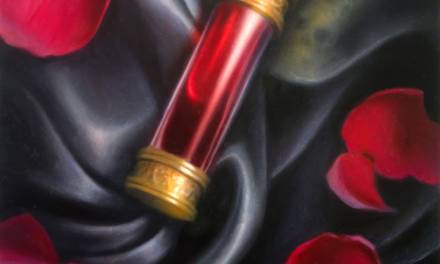
Thank you so much for this article. I felt like you were describing precisely what I’ve been going trhought for the past half year (or maybe even more time).
It’s always conforting to know that others have felt this way and found a way to keep the burnout in line. There’s so much I hadn’t paid attention to, stressors and being more selective with the jobs to take.
This is a great post, will share it with some friends I know are going through burnouts.
Thanks !!!
I’m so glad you found it helpful! I hope things get better for you soon, it’s rough experiencing burnout for that long.
Thank you so much for this post! Going through a sort of burnout atm. The lack of inspiration is so strong.
Thanks so much Miranda.
Burnout is so hard to overcome, motivation is fleeting and scarce and everything feels like an uphill battle. Hope you’re able to move through it soon and find that motivation once again!
Thank you so much for taking the time to write this ! Really resonates with what I’ve been going through lately.
I’m so glad it resonated with you!
“Productivity is not a moral issue.”
I am on the verge of tears. I am recovering from 7 years of high productivity and creative burnout. I worked 60 hour weeks for the first five years, never taking a vacation. Well, that’s a lie. I took a vacation once. I just happened to work through that week, too.
It felt so good to be “needed”, to paint for a living. I wanted to prove to my clients that their trust was well placed. So I said yes to everything and always worked more than necessary in every respect.
By the middle of last year I was so tired and unmotivated that I couldn’t do it anymore. I quit my job in August and I still feel resentment toward drawing and painting. With each day my fear of being behind with my skill is more and more paralyzing and overwhelming. I’ve done one personal piece in those 7 years.
I just wish I knew, you know?
Because I loved it. I loved to paint so much at the beginning. I have never been as passionate about anything before in my life.
But at the moment even the thought of scribbling is horrifying to me. So now I’m just sitting at home doing ANYTHING but paint. Lots of resting, reading and plant hoarding. And waiting and hoping that my fire for painting will burn again some day.
It is absolutely true that we have an inalienable worth independent of these “outside” factors.
I just feel like I am still placing all my hopes for happiness on someday being able to enjoy painting again.
Thank you for this article.
Hi Tanja, sorry I didn’t see your comment sooner, I’m so glad you found some hope in this article! I completely understand your feelings and where you’re coming from, it’s so hard to overcome that deep anxiety. You’re totally valid to wait until you’re ready to get back to what you love. It sounds like there’s a lot of pressure built up behind the idea of drawing/painting for you (i.e. “I’m not as good as I used to be,” “I have to catch up and improve my skills,” etc.), I hope you’re able to get to a place mentally and emotionally where you can explore and play with art again without all the pressure and guilt, and experience your old passion again, not for outside approval from others, but for yourself. But even if you don’t get to that point, you’re still valid and don’t NEED painting to be happy.
Wishing you the best!
I’ve been having this conversation with a handful of friends that are in the 10-15 year professional artist window. It seems like every resource – from school, to online communities, to mentorships – are geared towards newer artists breaking into the industry. There are surprisingly few for creators that have been working in the space for a while, but are feeling a lack of creativity or enthusiasm.
When I was starting out going through the typical good days and bad, I could never understand older artists and designers talking about weeks/months/years long issues with motivation or depression. I think the surprise you feel when you realize you’ve been burnt out for a couple of years is related to the idea that all of this exists on a gradient – It’s not a black or white thing, and you can still be productive and finish work on time while struggling through it. It sneaks up on you.
Things like this help, though. With 2020 being what it was and projects getting put on ice due to Covid, it can be tough not to feel like the work is trivial. But communities like this can help inspire and get you through it, and hopefully find the enjoyment again. It’s a process.
Totally agree 100%, it definitely is a process and exists on a gradient, it’s not like you suddenly wake up one day and realize you’re burnt out. It helps to know you aren’t the only one feeling that way, at the very least.
I like your point about not having a lot of content geared toward people in the industry for that 10-15 year mark, maybe that’s something I can address at some point, such a great idea.
Thank you, great post!
Glad you like it, thanks so much!
Fantastic post! (and thank you for the shout out)
Thanks Lauren! <3
This is a very wise post. Looking forward to more from you, Miranda.
Loved your article on supporting employee mental health – so on point!
I completely agree that work burnout is a real buzzkill. Your tips are awesome, and I’d like to toss in my two cents about online therapy.
We live in crazy hustle world, a lot of plans to do, a lot of tasks to close, we are responsible for our family, we try to fit our tough schedule, and online therapy stands like a superhero cape for our minds. It is quote obvious that sometimes we are stuck in endless tasks and burnout is the result of our emntal health on all of these, but time to attend professional therapists or counselor and speak face-to-face is very time wasting, thats why online theraoy become like a magic wand, cause having that pro support in your pocket is priceless!
I want to share with you one wonderful source where you can check whether you are tired or you have a burnout, stumbled upon: article at Calmerry titled – “Are You Tired, or Is It Burnout? This Burnout Test Might Help You Figure It Out”. It’s like a mood ring for your work vibes – super cool! 😎🔥
Let’s keep the mental health of our top priority✨